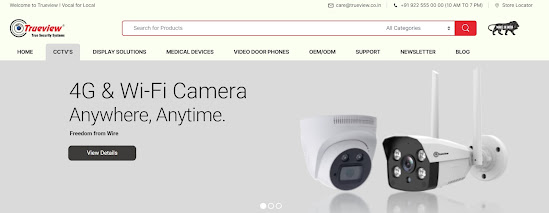What is the correct height for a Classroom Interactive Screen?
What is the correct height for a classroom interactive screen? This is a question that we get asked often by our customers. There isn't necessarily one right answer, but we'll share with you what we've found to be the best practices for finding the ideal height for your classroom's interactive screen.
When it comes to choosing an interactive flat panel or touchscreen display for your classroom, there are many factors to consider – one of which is the height of the screen in relation to students and teachers. Too high, and students may have trouble seeing clearly; too low, and it can be difficult for teachers to interact with the touch surface. In this blog post, we'll discuss some tips on how to find the perfect height for your classroom's interactive screen.
The first thing to consider is the size of your classroom and the average height of your students. If you have a small class, you may want to opt for a smaller screen size so that everyone can see it easily. Conversely, if you have a large class, you may want to choose a larger screen size so that students in the back row can still see clearly. Once you've determined the appropriate screen size, you'll need to decide on the best height for it.
A good rule of thumb is to position the interactive screen at about eye level for your students. This will ensure that they can all see the screen clearly without having to strain their necks. For teachers, we recommend positioning the screen slightly higher than eye level so that you can still reach the touch surface comfortably.
Another important consideration is the type of content you'll be displaying on the screen. If you'll be showing a lot of videos or other full-screen content, you'll want to make sure that the screen is high enough so that students' line of sight isn't obstructed by the heads of those in front of them. On the other hand, if you'll primarily be using apps and software that don't require full-screen viewing, you can position the screen lower on the wall.
Finally, keep in mind that everyone has different preferences when it comes to screen height. Some students may prefer to sit closer to the front so they can see better, while others may prefer to sit in the back so they can see the whole classroom. Some teachers may prefer a higher screen so they can more easily reach the touch surface, while others may prefer a lower screen so they don't block the view of the whiteboard. Ultimately, it's up to you to decide what works best for your classroom.
We hope these tips have been helpful in choosing the ideal height for your classroom's interactive screen. If you have any additional questions, or if you need help finding the perfect product for your needs, please don't hesitate to contact us. We're always happy to help!




Comments
Post a Comment